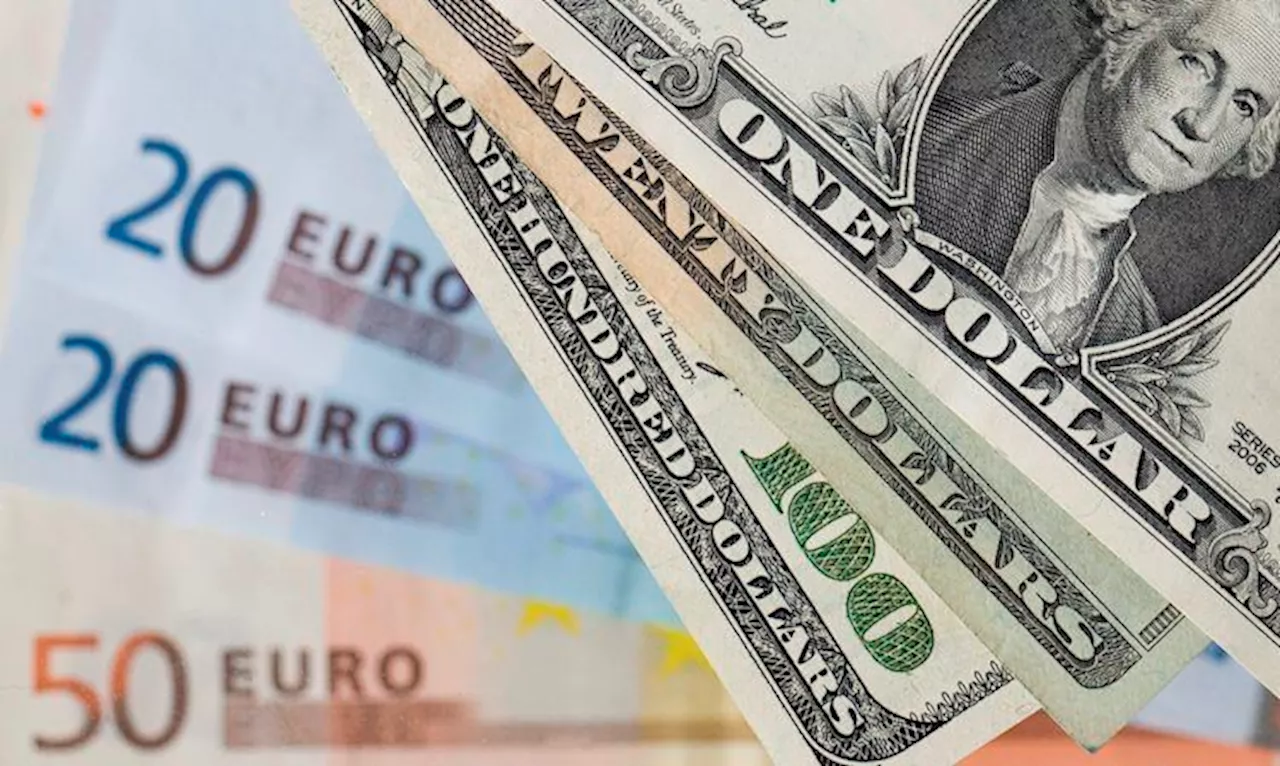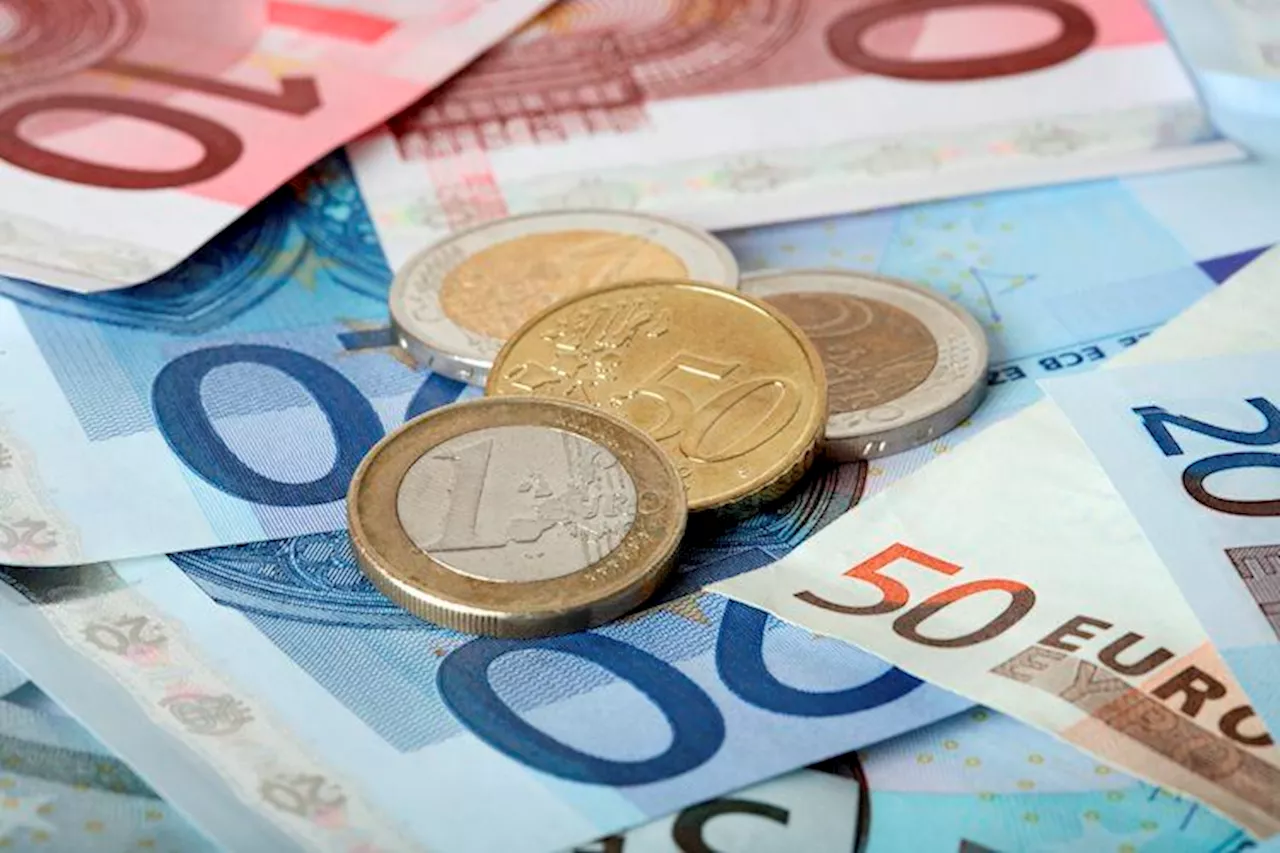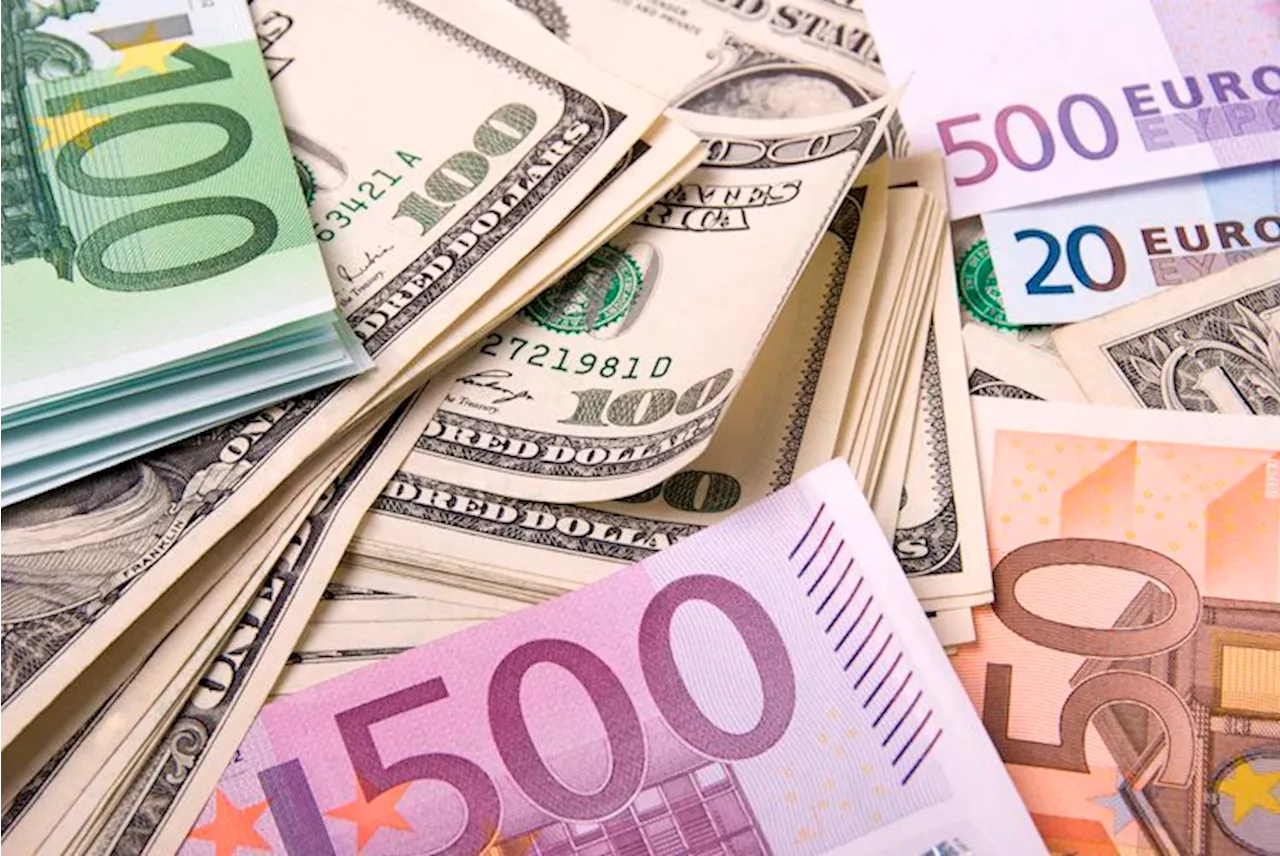The EUR/USD exchange rate falls below 1.0300 following the release of FOMC minutes hinting at a slower pace of US inflation progress towards the Fed's 2% target. The US Dollar strengthens, with the USD Index poised to reach a two-year high. Meanwhile, the ECB is anticipated to reach its neutral interest rate by summer.
EUR/USD drops below 1.0300 after the FOMC minutes dropped hints of a slowdown in the US inflation progress towards the Fed’s target of 2%. The USD Index is on track to revisit the two-year high of 109.53 ahead of the US NFP data due on Friday. The ECB is expected to reach the neutral rate by summer. EUR/USD moves lower below 1.0300 but stays inside Wednesday’s trading range in Thursday’s late European session.
The major currency pair faces pressure as the US Dollar (USD) moves higher, with the US Dollar Index (DXY), which tracks the Greenback’s value against six major currencies, aiming to revisit the two-year high of 109.53. The US Dollar rises as Federal Open Market Committee (FOMC) minutes for the December policy meeting signaled that policymakers are cautious about further policy-easing since the disinflation trend progress has stalled. “Participants expected inflation to keep moving toward 2%, but effects of potential trade and immigration policy changes suggested that the process could take longer than previously anticipated,” FOMC minutes showed. On Tuesday, the Atlanta Federal Reserve (Fed) Bank President Raphael Bostic also warned that price pressures will likely face bumps in its path towards the central bank’s target of 2%. Bostic said he believes that the policy approach should be more “cautious” because “We don't want to overreact to any one data point in an environment where things may bounce around considerably.” Going forward, the shared currency pair will be guided by President-elect Donald Trump’s plan to declare a national economic emergency, aiming to provide legal reasoning for the possible increase in import tariffs on the nation’s allies and adversaries. On the economic front, investors will focus on the United States (US) Nonfarm Payrolls (NFP) data release for December, which will be published on Friday. The official employment data will influence market expectations about when the Fed will deliver its first interest rate cut of the year. The Euro (EUR) exhibits a mixed performance against other peers as an expected growth in the Eurozone preliminary Harmonized Index of Consumer Prices (HICP) data for December has pushedback expectations that the European Central Bank (ECB) will cut its Deposit Facility by larger-than-usual pace of 50 basis points (bps) in the upcoming policy meeting. Market participants were anticipating that the ECB could fasten its policy-easing pace to avoid risks of inflation, undershooting the central bank’s target of 2% amid weakness in the overall business activity. However, the ECB will continue easing its monetary policy at a usual pace of 25 bps amid a weak economic outlook. ECB officials are confident that interest rates will return to the neutral rate by summer, which is approximately 2%. On Wednesday, ECB policymaker and Governor of the Bank of France Francois Villeroy said that price pressures were expected to tick higher in December but that interest rates will continue heading towards the neutral rate “without a slowdown in the pace by summer” if the upcoming data confirm that the “pullback in price pressures won’t continue”. The latest Economic Confidence (EC) survey by Capital Economics suggests that the economic performance of the trade bloc remained stagnant in the last quarter of 2024. The survey’s Economic Sentiment Indicator (ESI) fell to 93.7 in December from 95.6 in November. Meanwhile, the Eurozone Retail Sales data for November has come in weaker than expected. The Retail Sales data (MoM), a key measure of consumer spending, rose by 0.1%, slower than estimates of 0.4%. Technical Analysis: EUR/USD stays under pressure as 20-week EMA declines EUR/USD trades near the key support plotted from the September 2022 high of 1.0200 on a weekly timeframe. The outlook of the major currency pair is broadly bearish as the 20-week Exponential Moving Average (EMA) at 1.0627 is declining. The 14-week Relative Strength Index (RSI) slides to near 30.00, indicating a strong downside momentum. However, a slight recovery cannot be ruled out as the momentum oscillator has turned oversold. Looking down, the pair could find support near the round level of 1.0100. Conversely, the weekly high of 1.0458 will be the key barrier for the Euro bulls
EUR/USD FOMC Inflation US Dollar ECB Interest Rates Economic Outlook Technical Analysis
United States Latest News, United States Headlines
Similar News:You can also read news stories similar to this one that we have collected from other news sources.
 EUR/USD trades firmer near 1.0350 as traders brace for German Retail Sales, FOMC MinutesThe EUR/USD pair gains ground to near 1.0350 during the early European session on Wednesday.
EUR/USD trades firmer near 1.0350 as traders brace for German Retail Sales, FOMC MinutesThe EUR/USD pair gains ground to near 1.0350 during the early European session on Wednesday.
Read more »
 EUR/USD Falls Below 1.0400 Amid Low Trading VolumesEUR/USD dipped below 1.0400 on Monday, influenced by weak trading volumes and a decline in risk appetite. The upcoming New Year's holidays are expected to further dampen trading activity.
EUR/USD Falls Below 1.0400 Amid Low Trading VolumesEUR/USD dipped below 1.0400 on Monday, influenced by weak trading volumes and a decline in risk appetite. The upcoming New Year's holidays are expected to further dampen trading activity.
Read more »
 EUR/USD pushed into a fifth straight loss, falls below 1.05 againEUR/USD backslid a fifth straight trading day on Thursday, falling another one-fifth of one percent and declining further away from 1.0500.
EUR/USD pushed into a fifth straight loss, falls below 1.05 againEUR/USD backslid a fifth straight trading day on Thursday, falling another one-fifth of one percent and declining further away from 1.0500.
Read more »
 EUR/USD Price Analysis: Pair slips to 1.0500, deepens losses below 20-day SMAThe EUR/USD pair extended its downside on Thursday, slipping to 1.0500 and further distancing itself from the 20-day Simple Moving Average (SMA).
EUR/USD Price Analysis: Pair slips to 1.0500, deepens losses below 20-day SMAThe EUR/USD pair extended its downside on Thursday, slipping to 1.0500 and further distancing itself from the 20-day Simple Moving Average (SMA).
Read more »
 EUR/USD: Decline is unlikely to break clearly below 1.0440Euro (EUR) may edge lower; as momentum is not strong, any decline is unlikely to break clearly below 1.0440.
EUR/USD: Decline is unlikely to break clearly below 1.0440Euro (EUR) may edge lower; as momentum is not strong, any decline is unlikely to break clearly below 1.0440.
Read more »
 EUR/USD Price Analysis: Pair recovers slightly, still below 20-day SMAThe EUR/USD pair managed a modest rebound on Friday, rising by 0.2% to 1.0495 after testing fresh lows earlier in the week.
EUR/USD Price Analysis: Pair recovers slightly, still below 20-day SMAThe EUR/USD pair managed a modest rebound on Friday, rising by 0.2% to 1.0495 after testing fresh lows earlier in the week.
Read more »
